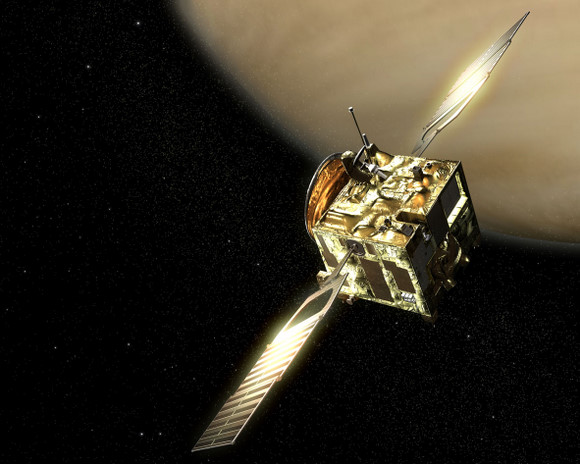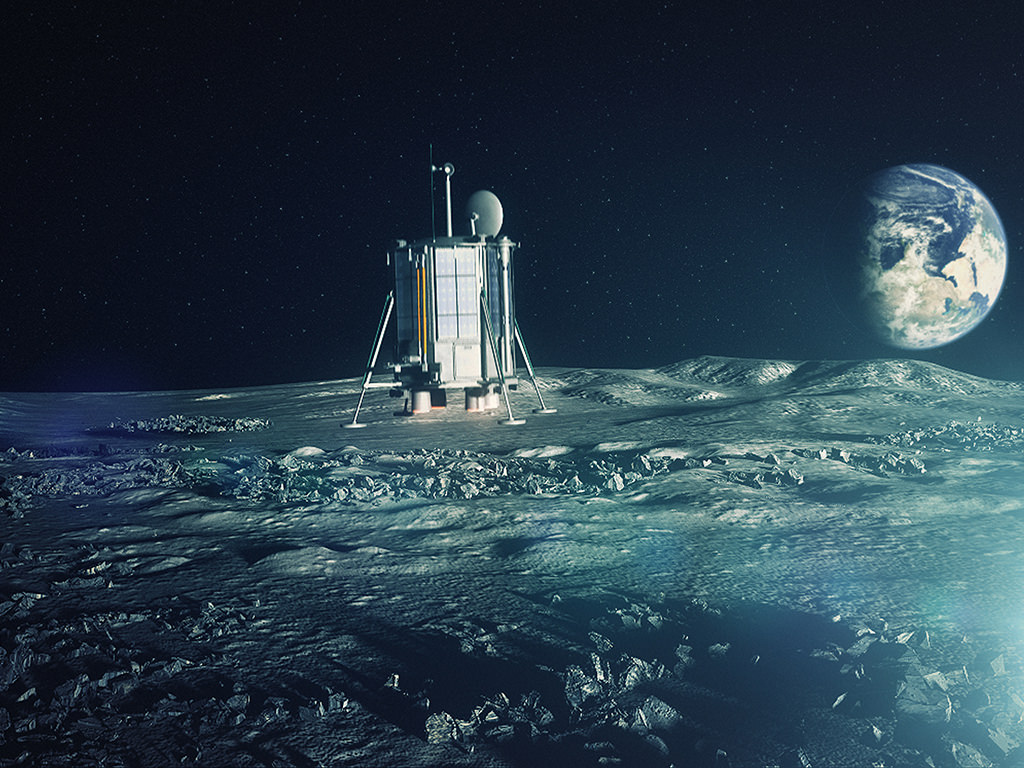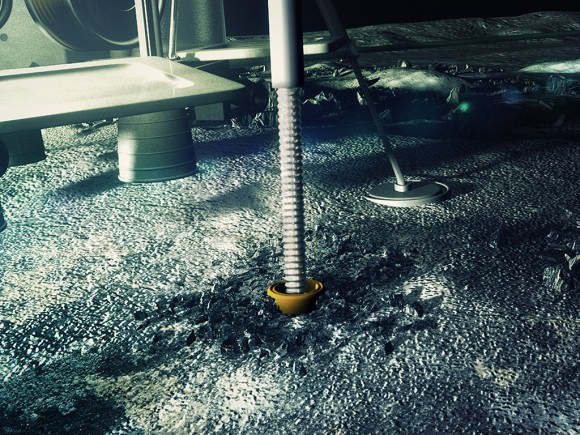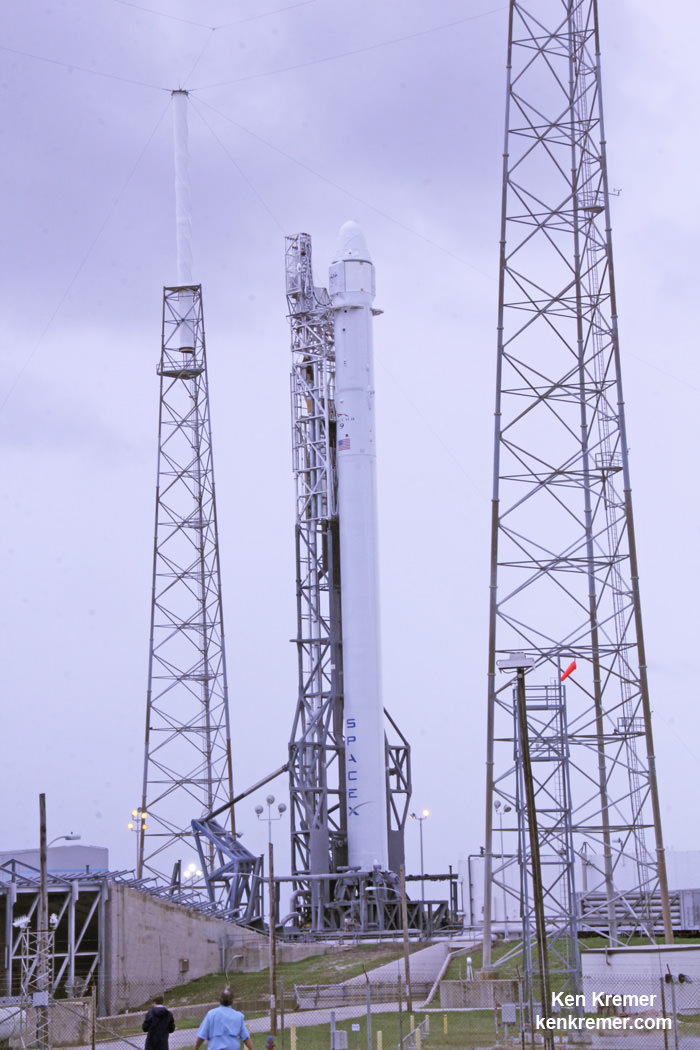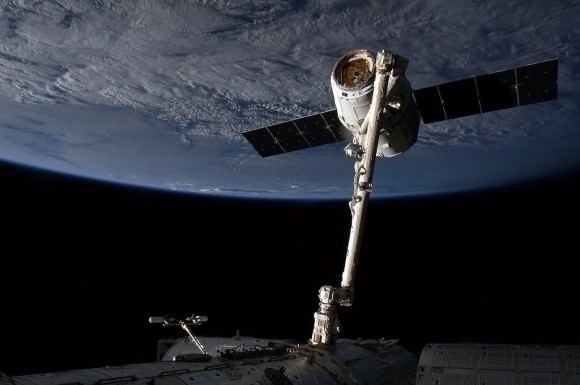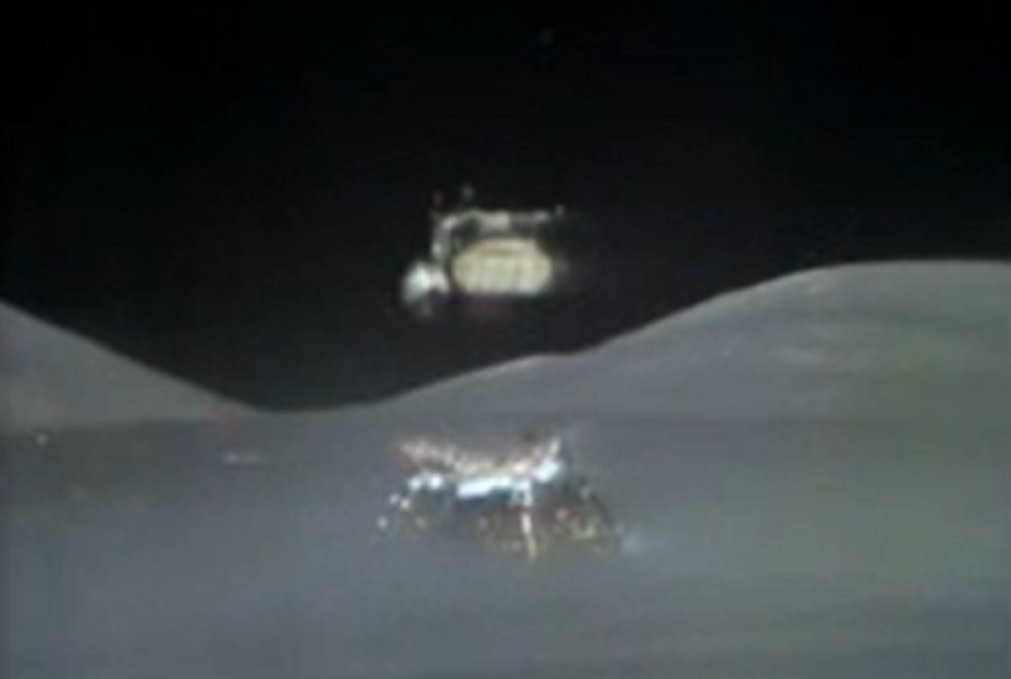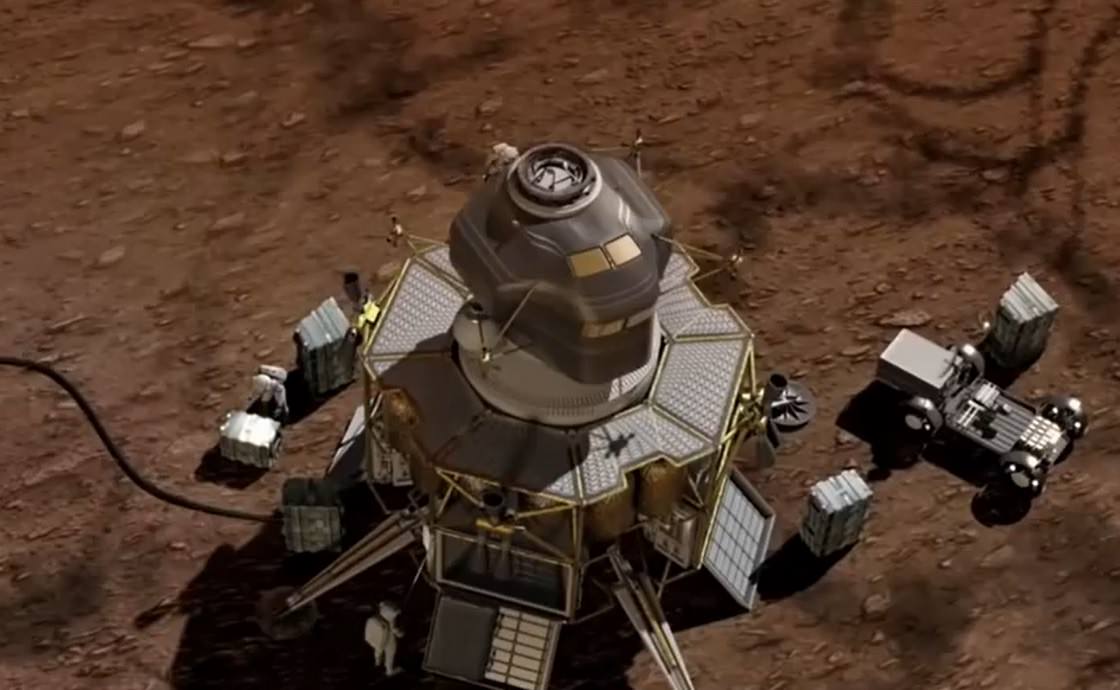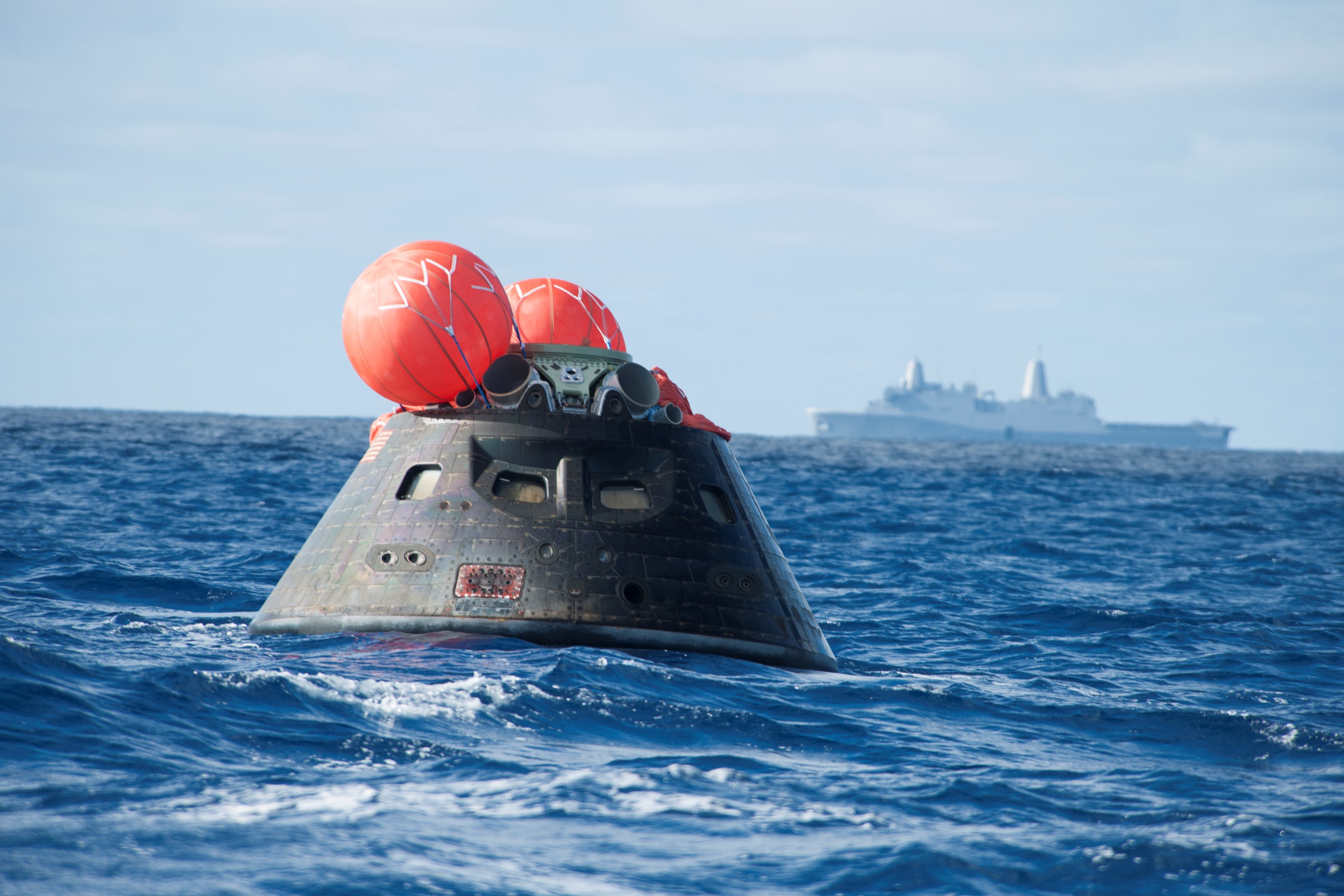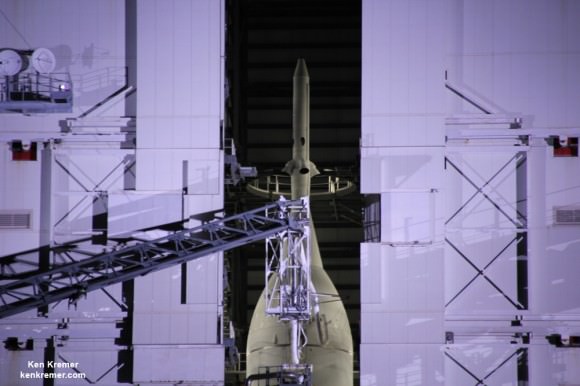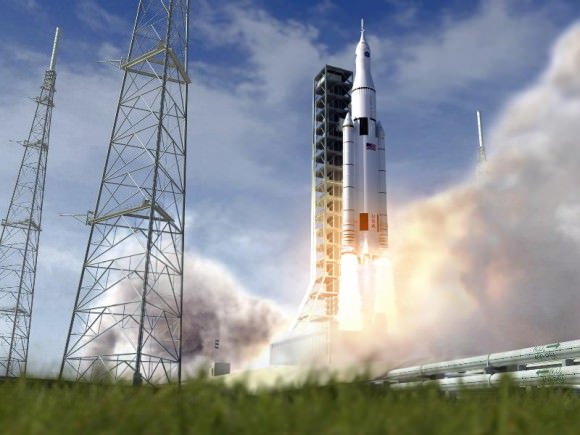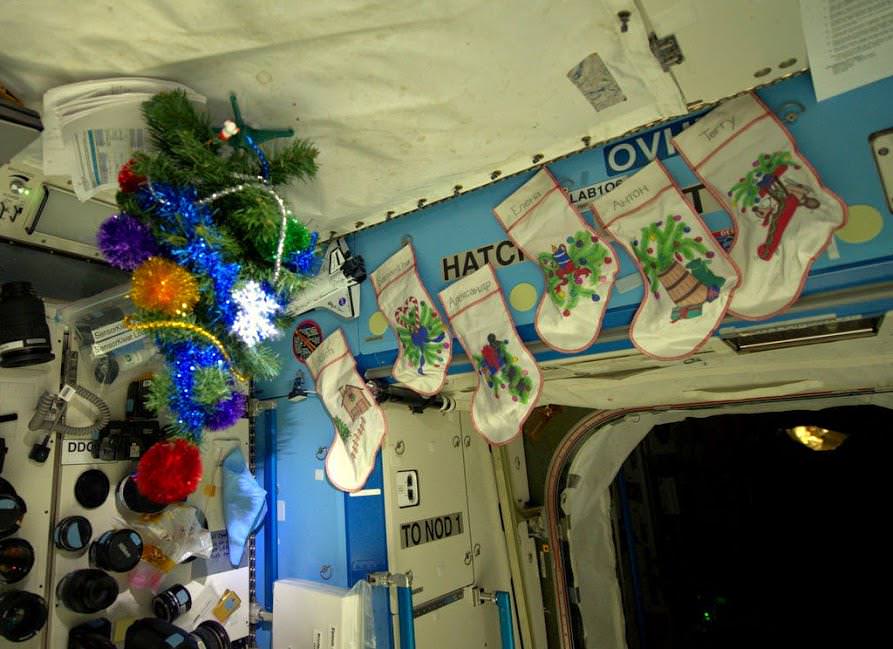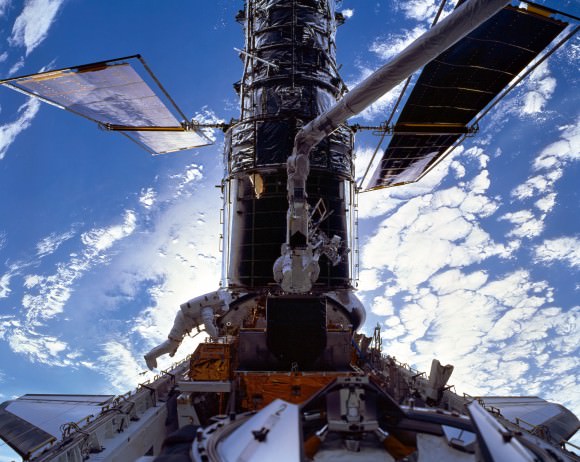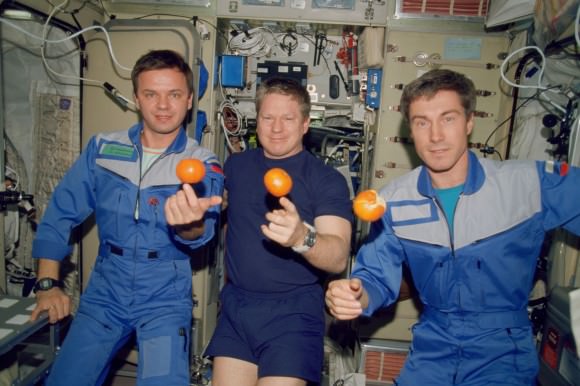After surviving an eight-year mission and a daring plunge into part of the atmosphere of Venus, a plucky spacecraft orbiting the hothouse planet is finished its mission, the European Space Agency declared. Venus Express can no longer communicate consistently with Earth. The spacecraft itself will fall into the atmosphere and likely be destroyed in the coming weeks.
“The available information provides evidence of the spacecraft losing attitude control,” stated Patrick Martin, ESA’s Venus Express mission manager, who added it was because the machine exhausted its fuel as controllers tried to raise it to a more stable altitude above Venus.
The demise of the mission, in a sense, began when controllers chose to bring Venus Express into the atmosphere this summer. The goal was not only to learn more about Venus, but also to get information on how future spacecraft could “surf” the atmosphere when, say, landing on the planet.

The orbit was reduced to about 130 km to 135 km (80.7 miles to 83.9 miles) above the planet at its lowest approach, which took place in earnest between June 18 and July 11. Controllers then did 15 small thruster burns, which raised the spacecraft’s minimum altitude to 460 km (286 miles).
But it wasn’t a stable orbit, with the spacecraft continuing to spiral into the planet as gravity pulled it down. ESA decided to again try raising the spacecraft’s altitude between Nov. 23 and Nov. 30, but lost consistent contact with the spacecraft Nov. 28. It appears Venus Express is out of gas, the agency said.
It’s hard to know exactly when the spacecraft will die, but it serves as a good example of how space recycling can end up making an interesting mission. The design and some of the instruments on Venus Express were based upon those used for other missions, particularly Mars Express and Rosetta. And the lessons of the spacecraft will certainly be used in future missions.
Tomorrow, we’ll run down some of the highlights of the mission.
Source: European Space Agency

